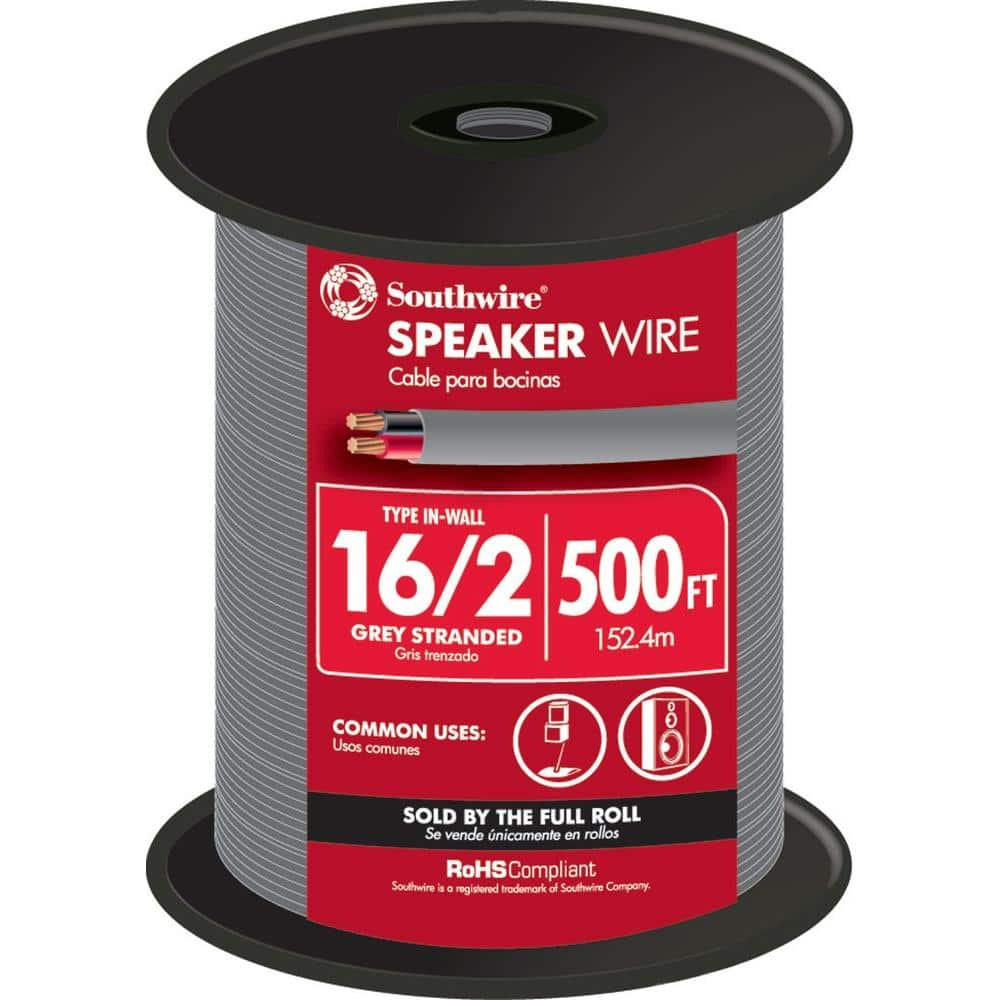I am planning some LED strip lights in a kitchen. There will be a switch leg to an over-sink area and another switch leg to under-cabinet area. The driver(s) will be in the cabinet above the range hood.
I have a couple questions: I am assuming the driver is within the switch-leg, is this correct?
Do I have to have two separate driver/transformers for each leg? Or are there units with multiple inputs and outputs?
thanks
I have a couple questions: I am assuming the driver is within the switch-leg, is this correct?
Do I have to have two separate driver/transformers for each leg? Or are there units with multiple inputs and outputs?
thanks


